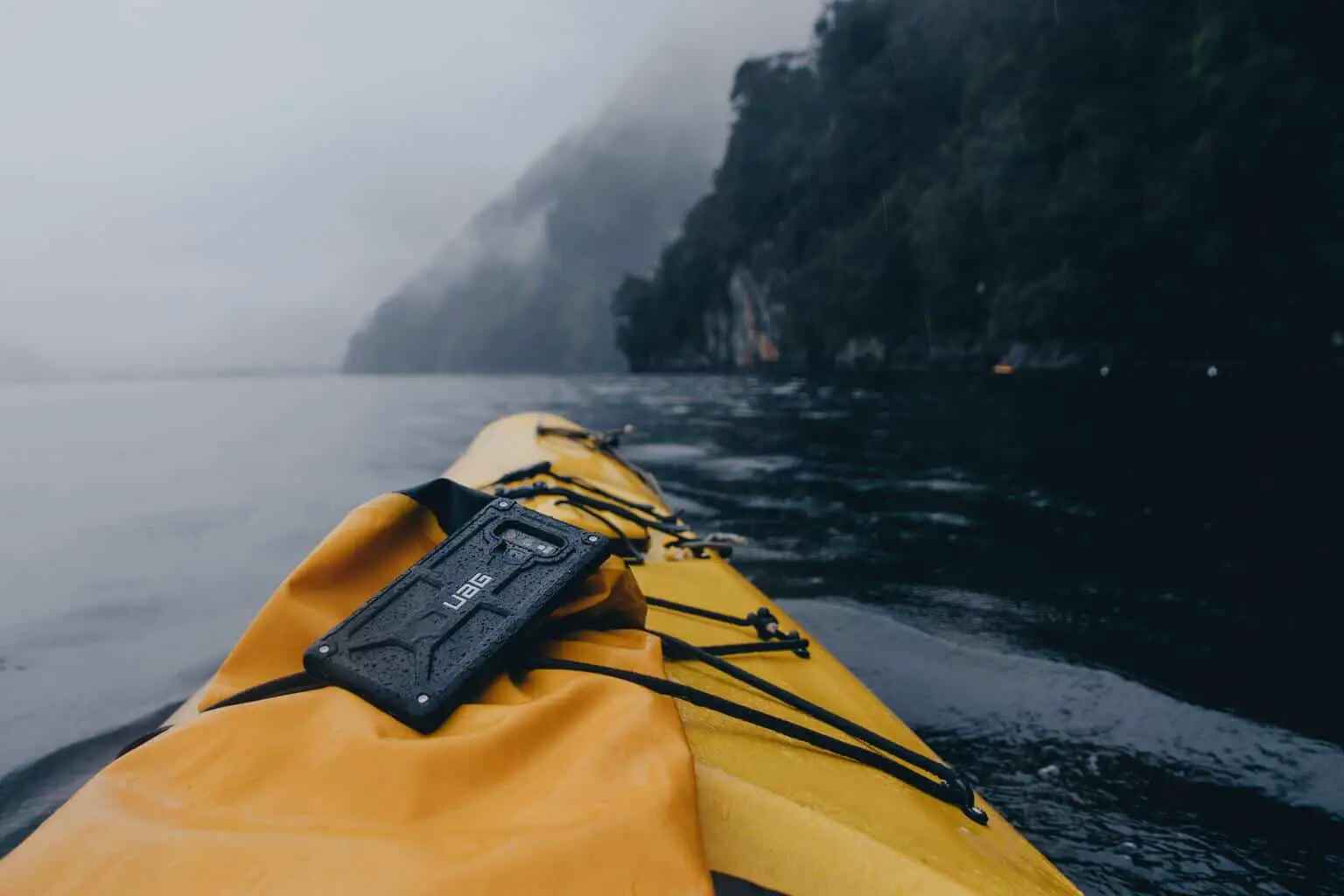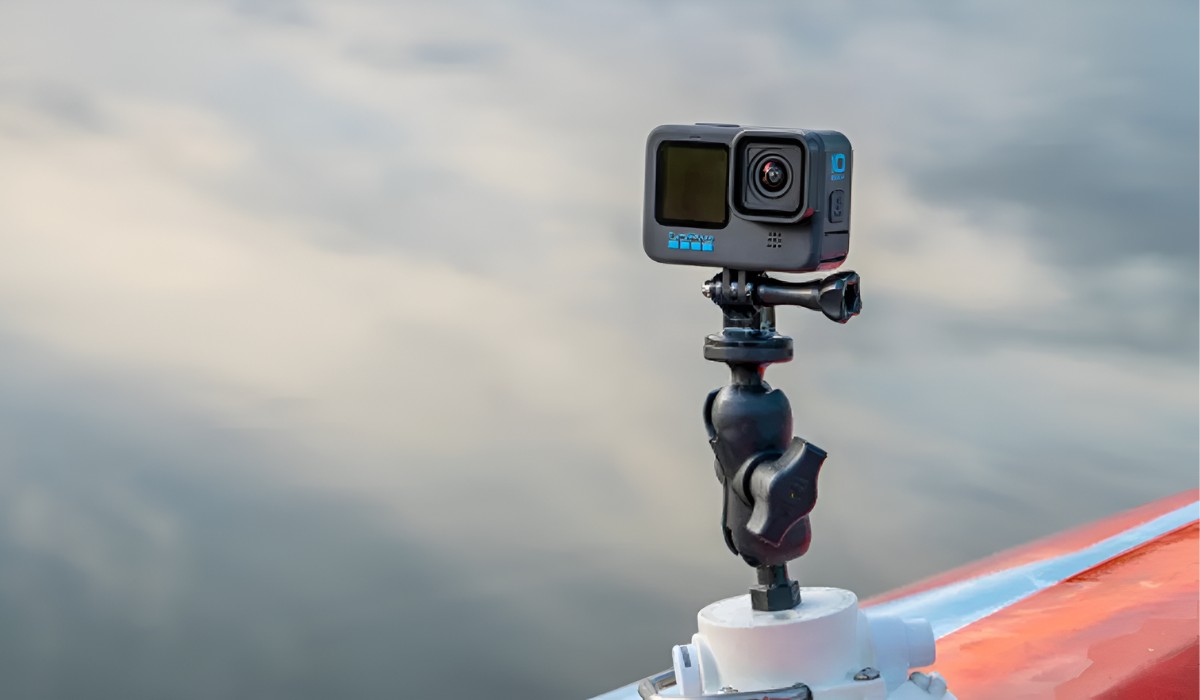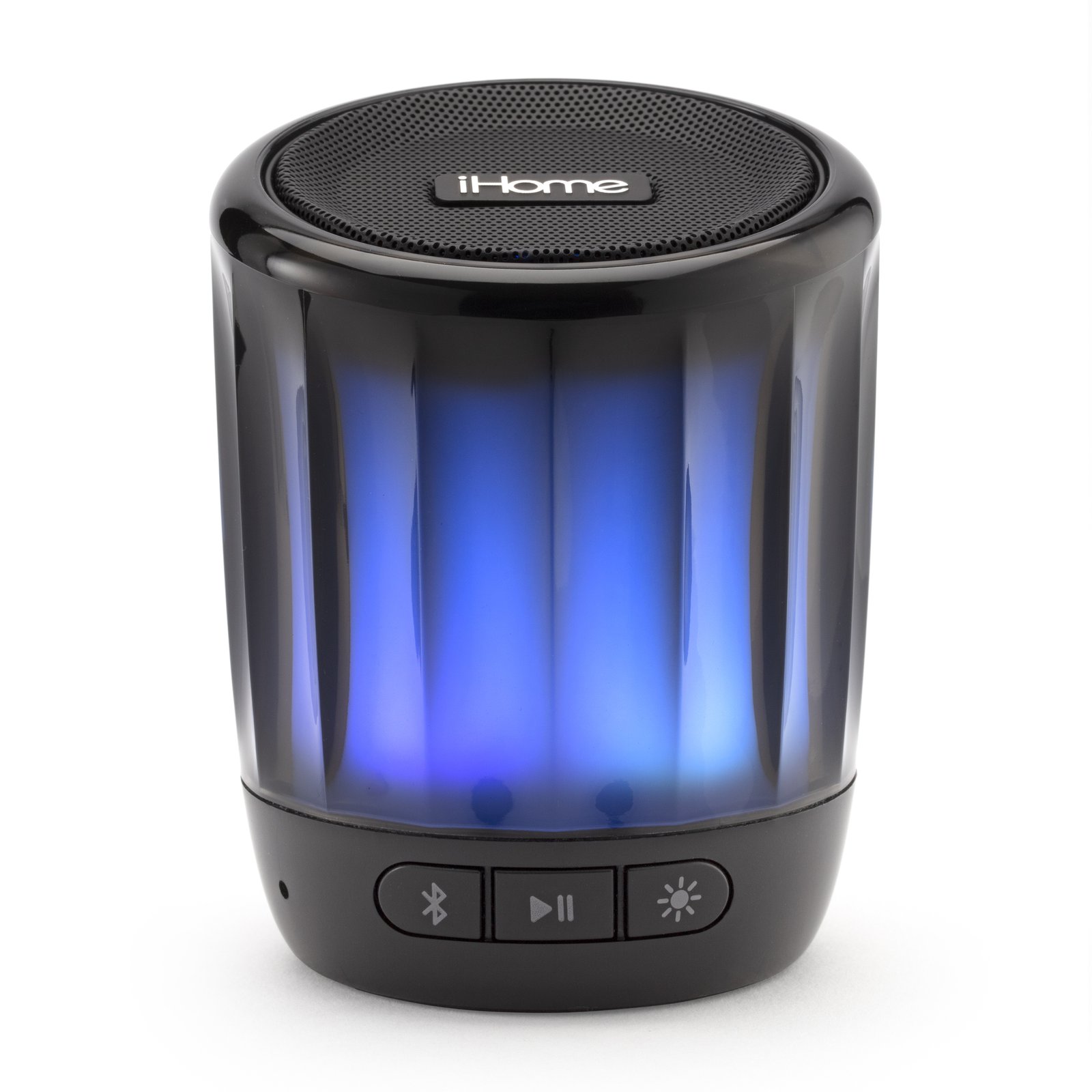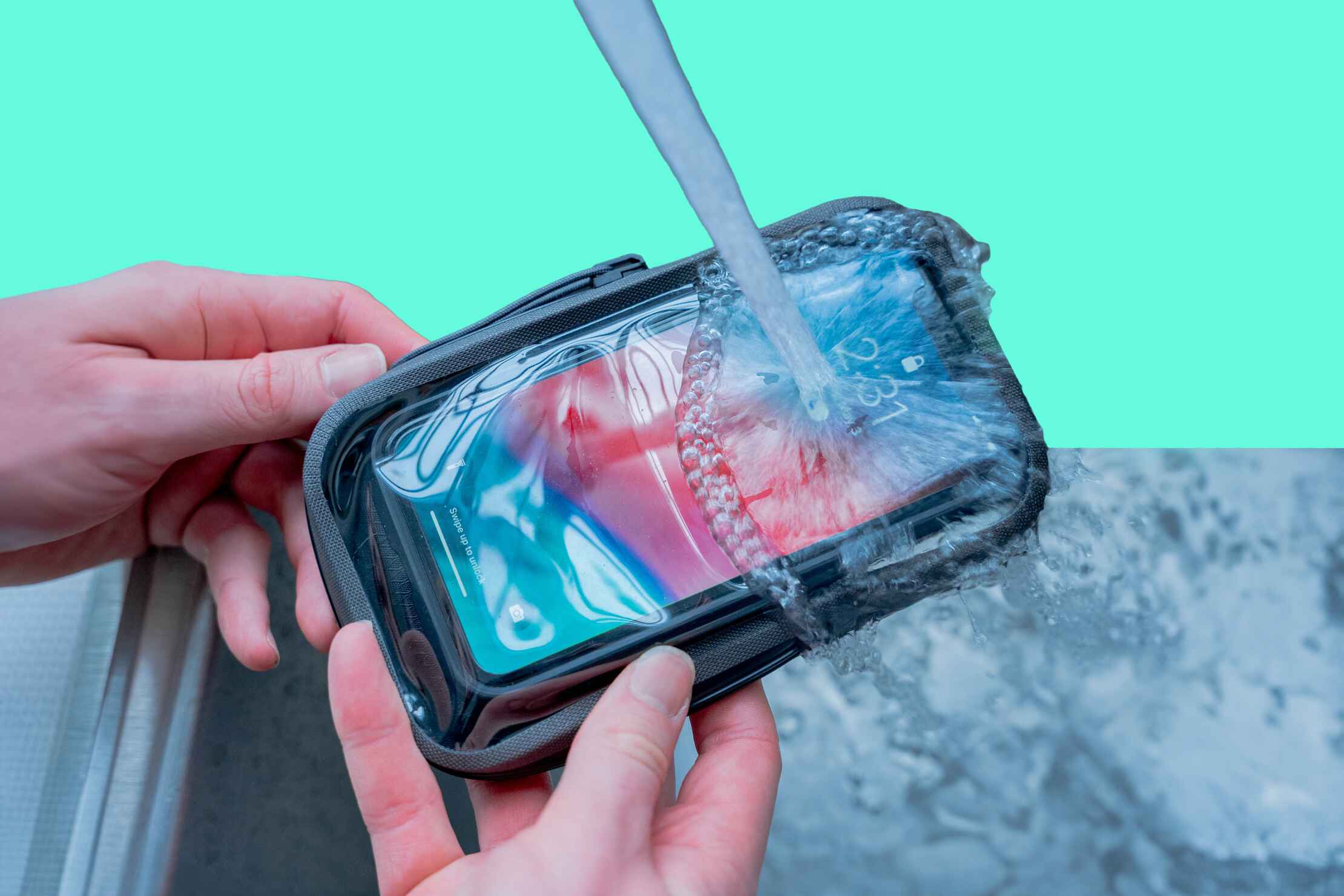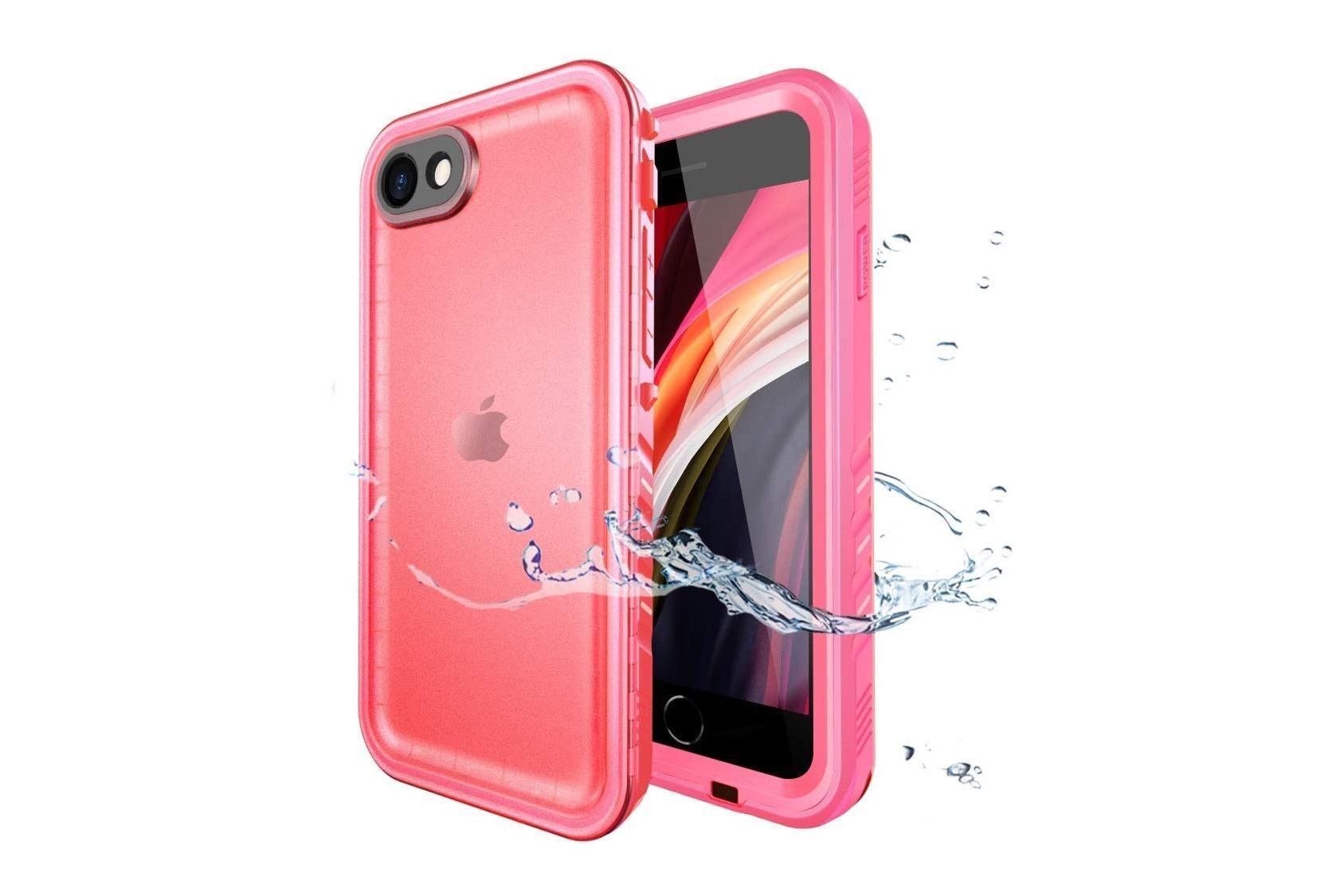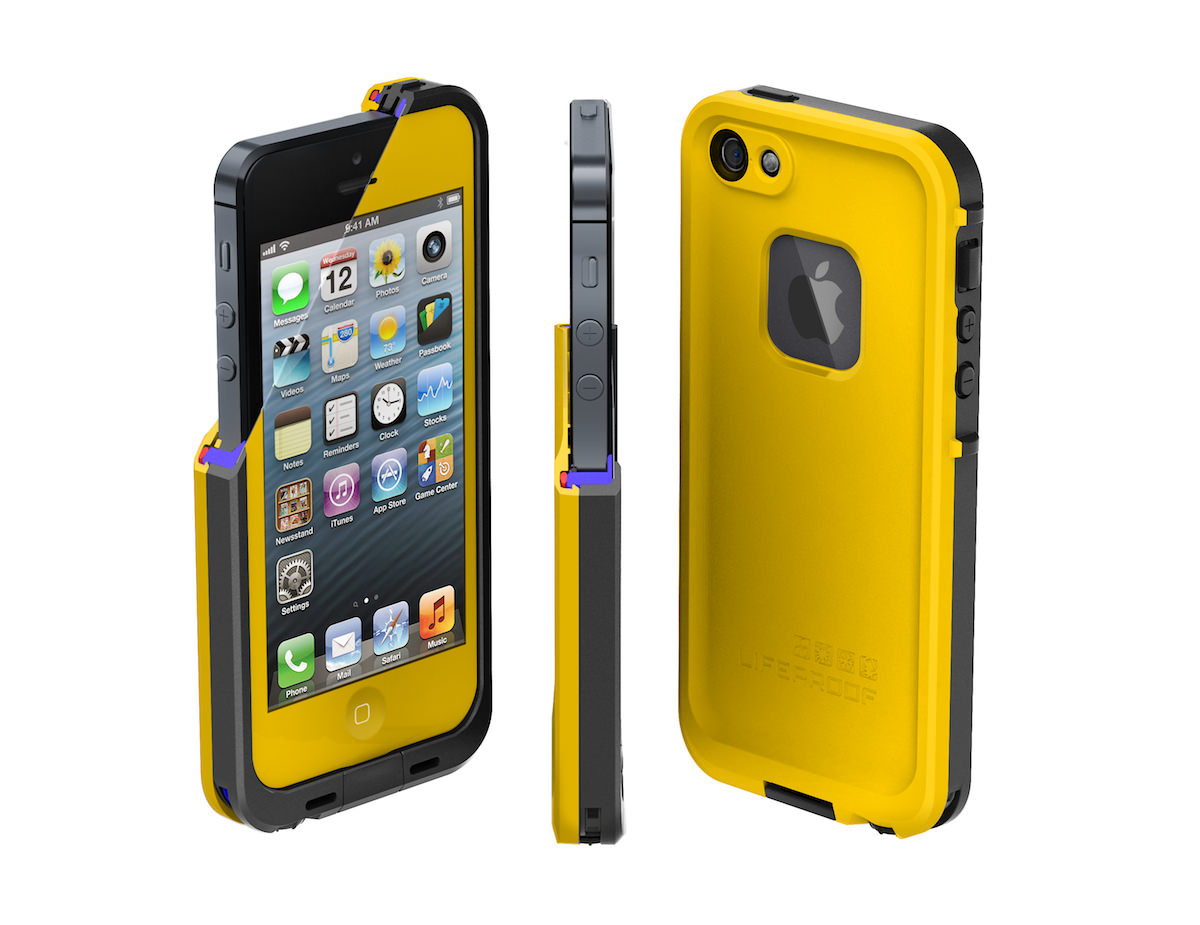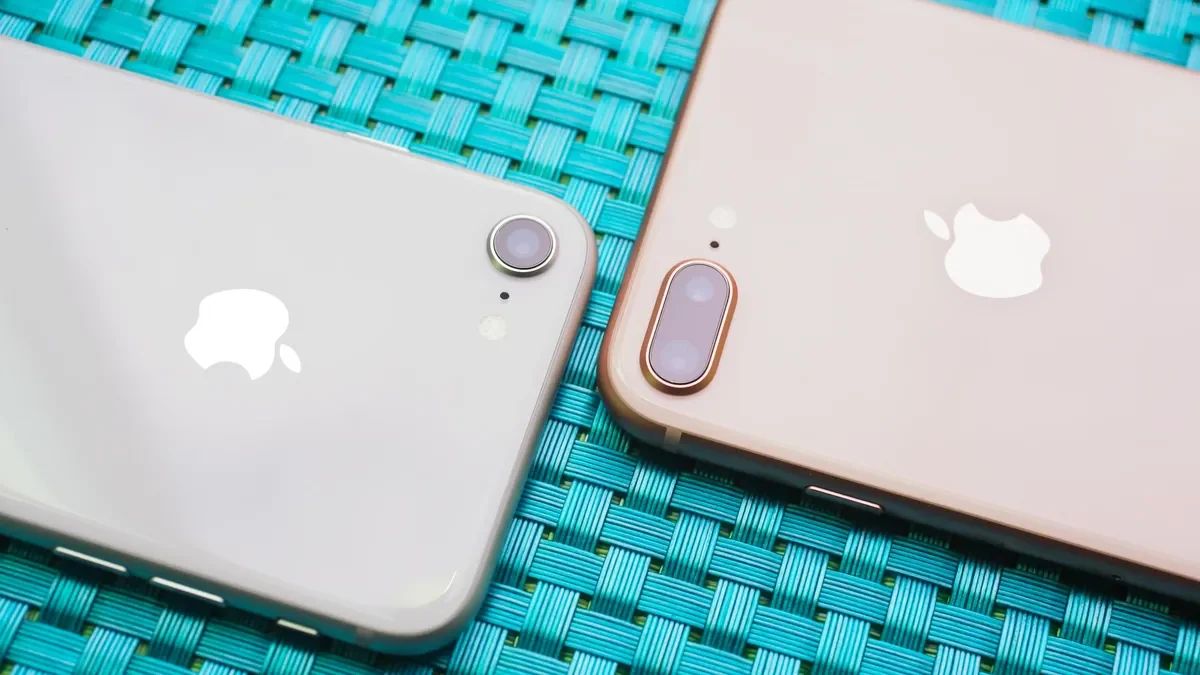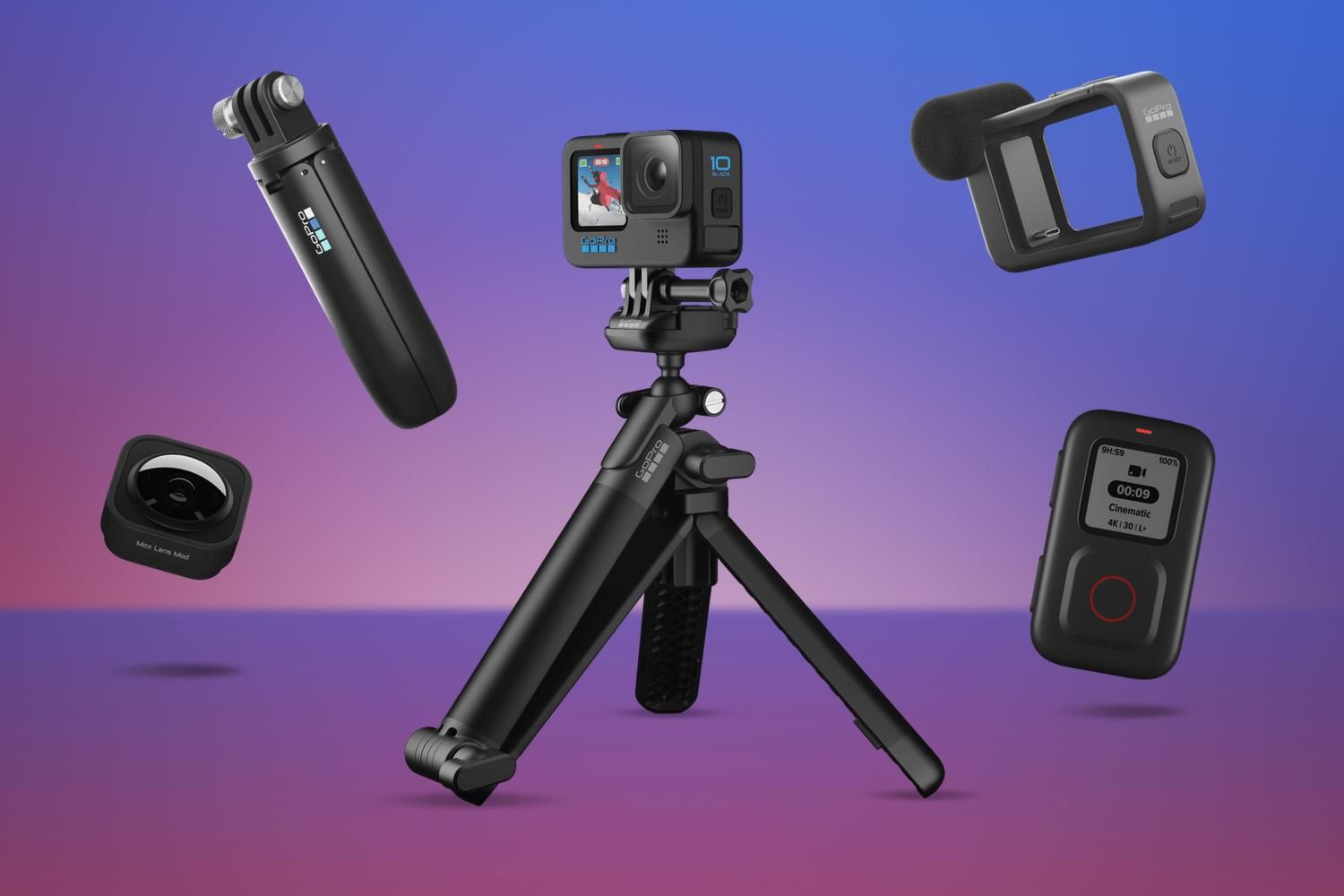Choosing the right waterproof case
When it comes to safeguarding your phone during kayaking adventures, selecting the right waterproof case is paramount. With a myriad of options available in the market, it's essential to consider several factors to ensure maximum protection for your device.
1. Compatibility: Prior to purchasing a waterproof case, it's crucial to verify its compatibility with your specific phone model. Manufacturers often design cases tailored to fit particular phone dimensions, ensuring a snug and secure fit.
2. Waterproof Rating: Assess the waterproof rating of the case, typically indicated by the Ingress Protection (IP) code. The first digit signifies protection against solid particles, while the second digit denotes resistance to water. For kayaking, opt for a case with a high IP rating, ensuring it can withstand immersion in water without compromising your phone's integrity.
3. Durability: Evaluate the overall durability of the waterproof case. Look for robust materials such as polycarbonate or thermoplastic polyurethane (TPU) that offer exceptional impact resistance. Additionally, consider features like reinforced corners and shock-absorbing designs to shield your device from accidental bumps and drops.
4. Sealing Mechanism: A reliable sealing mechanism is vital to prevent water from seeping into the case. Cases equipped with secure locking systems, such as snap-on closures or screw-in seals, provide an added layer of protection against water intrusion.
5. Touchscreen Functionality: Opt for a waterproof case that maintains seamless touchscreen functionality. Some cases feature thin yet resilient screen protectors, enabling you to effortlessly navigate your phone's interface and capture stunning moments without compromising touch sensitivity.
6. Buoyancy: While not a mandatory feature, selecting a waterproof case with buoyant properties can offer peace of mind in case it accidentally slips into the water. Buoyant cases help keep your phone afloat, simplifying retrieval and minimizing the risk of loss.
By meticulously considering these factors, you can confidently select a waterproof case that aligns with your kayaking needs, ensuring your phone remains safeguarded against water damage while enabling you to capture unforgettable moments amidst nature's splendor.
Testing the waterproof case before kayaking
Before embarking on your exhilarating kayaking expedition, it's imperative to conduct thorough testing of your waterproof case to validate its efficacy in safeguarding your phone against water infiltration. This proactive approach not only mitigates the risk of potential damage to your device but also instills confidence in the protective measures you've implemented.
-
Dry Run Simulation: Commence the testing process by conducting a dry run simulation. Remove your phone from the case and meticulously inspect the interior for any signs of moisture or foreign particles. Ensuring a pristine and dry interior is crucial to prevent water damage during actual usage.
-
Submersion Test: Submerge the empty waterproof case in a basin of water, adhering to the manufacturer's recommended depth and duration for submersion. Observe the case closely for any signs of water seepage. Pay particular attention to the sealing mechanisms and edges, as these are common areas where water ingress may occur.
-
Functional Testing: Reinsert your phone into the case and perform functional testing. Verify that all buttons, ports, and touchscreen functionality remain unhindered within the sealed environment. This step is vital to ensure that the case effectively maintains your phone's operational capabilities while safeguarding it from water damage.
-
Visual Inspection: Conduct a meticulous visual inspection of the entire case, scrutinizing for any potential weak points or compromised seals. Look for signs of condensation, which may indicate inadequate sealing or a defective case. Address any anomalies promptly to uphold the case's waterproof integrity.
-
Impact Resistance Test: While not directly related to waterproofing, assessing the case's impact resistance is essential. Gently tap and apply pressure to the case to evaluate its ability to withstand accidental impacts, mimicking real-world scenarios that may occur during kayaking.
By diligently executing these comprehensive tests, you can confidently ascertain the reliability of your waterproof case, assuring the uncompromised protection of your phone amidst the aquatic elements. This proactive approach empowers you to enjoy your kayaking escapades without apprehension, knowing that your device is shielded by a meticulously vetted and dependable waterproof case.
Securing your phone inside the case
Ensuring the secure placement of your phone within the waterproof case is pivotal to its protection during kayaking expeditions. Properly securing the device not only prevents accidental dislodgment but also minimizes the potential for water intrusion, safeguarding it from the aquatic elements. Here's how to effectively secure your phone inside the case:
-
Positioning: Carefully position your phone within the case, aligning it precisely with the designated contours to ensure a snug fit. Proper alignment mitigates unnecessary movement within the case, reducing the risk of impact or friction-induced damage during kayaking activities.
-
Sealing: Prior to sealing the case, meticulously inspect the phone's placement to verify that it aligns with the case's sealing mechanism. Ensure that the sealing components, such as gaskets or O-rings, are free from debris and impeccably aligned to guarantee a watertight seal.
-
Air Evacuation: Before sealing the case, expel any trapped air by gently pressing down on the case while simultaneously closing the latches or fastening the seals. Removing excess air not only minimizes buoyancy within the case but also enhances the overall waterproofing integrity by eliminating potential air pockets that could compromise the seal.
-
Double-checking: After securing the case, perform a final inspection to confirm that the phone remains securely positioned and that the sealing mechanism is fully engaged. Verify that all access points, including charging ports and headphone jacks, are adequately sealed to prevent water ingress.
-
Tactile Feedback: Upon securing the case, tactically assess the closure mechanism for tactile feedback. Confirm that the latches, zippers, or fasteners are securely engaged, providing reassurance that the case is effectively sealed and ready to withstand the rigors of kayaking.
By meticulously adhering to these steps, you can confidently secure your phone within the waterproof case, ensuring optimal protection against water exposure and physical impact. This meticulous approach not only safeguards your device but also provides peace of mind, allowing you to fully immerse yourself in the serenity of kayaking without concerns about the safety of your phone.
Using a lanyard or tether for extra security
When venturing into the captivating realm of kayaking, the tranquil waters and picturesque surroundings beckon enthusiasts to immerse themselves in nature's splendor. Amidst the serenity of this aquatic escapade, safeguarding your phone from accidental loss or damage becomes paramount. While a robust waterproof case serves as a formidable barrier against water intrusion, augmenting its protective capabilities with a lanyard or tether provides an additional layer of security, ensuring your device remains tethered to you throughout your kayaking endeavors.
Importance of a Lanyard or Tether
-
Preventing Loss: Attaching a lanyard or tether to your phone and securing it around your wrist or life jacket serves as a proactive measure against accidental loss. In the event of unforeseen circumstances, such as sudden waves or unexpected maneuvers, the tether prevents your phone from inadvertently slipping out of your grasp and disappearing into the depths of the water.
-
Enhanced Accessibility: The lanyard or tether not only fortifies the security of your phone but also enhances its accessibility during kayaking excursions. By keeping the device within close proximity, you can readily capture captivating moments or swiftly access navigational apps without fumbling through pockets or compartments, thereby enriching your overall kayaking experience.
-
Peace of Mind: The presence of a lanyard or tether instills a sense of reassurance, allowing you to relish the tranquility of kayaking without undue concern about the safety of your phone. This peace of mind empowers you to fully immerse yourself in the natural wonders surrounding you, fostering an unencumbered connection with the serene aquatic environment.
Securing the Lanyard or Tether
-
Attachment Points: Identify designated attachment points on your waterproof case, typically integrated into the case design to accommodate the seamless attachment of a lanyard or tether. These points are strategically positioned to ensure optimal weight distribution and secure fastening, minimizing the risk of accidental detachment.
-
Secure Fastening: Ensure the lanyard or tether is securely fastened to both the attachment points on the case and a reliable anchor point on your person or gear. Double-check the integrity of the fastening to guarantee a robust connection, capable of withstanding the dynamic movements and forces encountered during kayaking expeditions.
-
Optimal Length: Select a lanyard or tether of an appropriate length, striking a balance between unrestricted mobility and secure retention. The optimal length allows for comfortable manipulation of the phone while preventing entanglement or interference with your kayaking activities.
By incorporating a lanyard or tether into your phone's protective ensemble, you not only fortify its security but also cultivate a seamless and worry-free kayaking experience. This simple yet indispensable addition ensures that your device remains steadfastly within reach, empowering you to capture cherished moments and navigate with ease, all while savoring the unparalleled tranquility of kayaking amidst nature's breathtaking allure.
Regular maintenance and inspection of the waterproof case
Regular maintenance and inspection of your waterproof case is essential to uphold its integrity and ensure continued protection for your phone during kayaking adventures. By conscientiously adhering to a structured maintenance regimen, you can preemptively address potential issues, prolong the longevity of the case, and safeguard your phone from water damage. Here's a comprehensive guide to effectively maintain and inspect your waterproof case:
Cleaning and Rinse
After each kayaking excursion, thoroughly clean and rinse the waterproof case to eliminate any accumulated debris, salt, or contaminants. Use a mild detergent and lukewarm water to delicately cleanse the exterior and interior of the case, ensuring the removal of any residual salt or sediments that could compromise its waterproofing capabilities. Gently scrub the sealing mechanisms and edges to dislodge any particles that may impede the proper closure of the case.
Drying and Ventilation
Following the cleaning process, allow the waterproof case to air dry in a well-ventilated area, ensuring that all moisture is completely evaporated before storage. Prop the case open to facilitate air circulation, expediting the drying process and preventing the accumulation of moisture within the case. Avoid exposing the case to direct sunlight or excessive heat, as this may inadvertently compromise the materials and sealing components.
Seal Integrity Check
Perform routine seal integrity checks to verify the effectiveness of the case's sealing mechanisms. Inspect the gaskets, O-rings, or closure systems for signs of wear, tear, or degradation. Ensure that the seals remain pliable and free from cracks, tears, or deformities that could compromise their waterproofing capabilities. Address any compromised seals promptly to uphold the case's water-resistant integrity.
Functional Testing
Regularly conduct functional testing of the waterproof case to ascertain its continued efficacy. Insert a dry paper towel or tissue into the case and securely seal it before submerging it in water for a brief duration. Upon retrieval, inspect the paper towel for any signs of moisture, indicating potential water ingress. Additionally, verify the case's operational features, including button responsiveness and touchscreen functionality, to ensure they remain unimpeded.
Ongoing Maintenance
Periodically lubricate the sealing components with silicone grease or lubricants recommended by the manufacturer to maintain their pliability and enhance their sealing capabilities. Routinely inspect the case for any signs of physical damage, such as cracks, abrasions, or compromised structural integrity, and promptly address any issues to prevent water infiltration.
By diligently adhering to these maintenance and inspection practices, you can fortify the protective prowess of your waterproof case, ensuring that it remains a steadfast guardian for your phone during exhilarating kayaking escapades. This proactive approach not only safeguards your device but also fosters a seamless and worry-free connection with the aquatic wonders that await during your next kayaking expedition.







